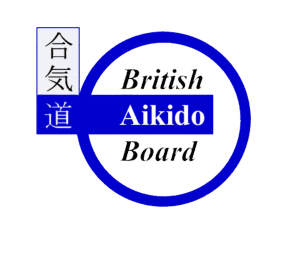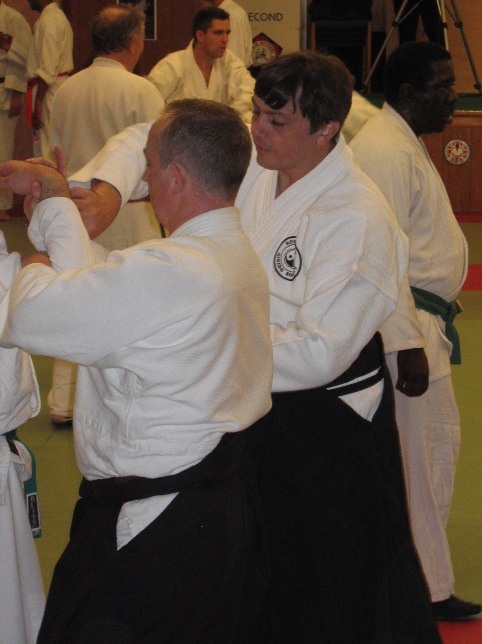What is Abuse
Abuse and neglect are forms of maltreatment of a child. A child may be abused or neglected by someone who:
• Inflicts harm,
• Fails to act to prevent harm.
A child may be abused by:
• A family member
• By a person within an institutional or community setting
• By a person known to them or more rarely by a stranger
• An adult or adults, or another child or children.
Physical abuse (Something someone has done to hurt you)
Physical abuse may involve, for instance, hitting, shaking, suffocating, throwing (except in an aikido class, unless they meant to hurt you), or otherwise causing physical harm to a child. Physical harm may also be caused when a parent or carer makes up that a child is ill or deliberately makes a child ill. Aikido is a sport where physical contact does take place. Most people will get a few knocks and bruises on the mat.
These should be accidents – no one should mean to hurt you on purpose.
For physical abuse to take place the action would be a deliberate act; for example, applying techniques that are meant to hurt you.
Emotional abuse (something said to you)
You may be told you are worthless or unloved, not good enough all the time. It may be about your age or something they want you to do. It may involve seeing or hearing someone else being hurt. It may be bullying, causing you or other children to feel frightened or in danger. In Aikido this may be child to child, or involve an adult and could include requiring children to undertake actions appropriate to the sport but not appropriate within that child’s age group.
Sexual abuse
Sexual abuse is when a young person is asked or force to take part in sexual activities This may involve physical contact. or asking you to look at photographs of sex or online images, watching sexual activities.
please look at the video it may help to explain this to you.
Neglect
Neglect may be a parent or carer failing to:
• Provide enough food, clothing and shelter (including exclusion from home).
• Protect a child from harm or danger.
• Ensure enough supervision
• Arrange medical care or treatment.
An example of neglect in aikido could be a coach not ensuring that children in their care are safe, exposing them to undue conditions of heat or cold, or unnecessarily risking injury e.g. making them train too hard or do things that are too dangerous.
Bullying
Bullying includes:
• Pushing, kicking, hitting, pinching and other forms of violence or threats.
• Name-calling, sarcasm, spreading rumours, persistent teasing.
• Excluding (sending to Coventry), tormenting, ridicule, humiliation. Bullying can occur between:
• An adult and a child.
• A child and a child.
• A parent and own child. None of the above are acceptable within aikido
The competitive nature of any sport can create an environment which provides opportunities for bullying.
Examples of bullying in aikido could be:
- A parent who pushes too hard.
- A coach who adopts a win-at-all costs philosophy.
- A child aikidoka who intimidates inappropriately.
- An older aikidoka who intimidates inappropriately.
- An official who places unfair pressure on a person.
- The physical contact in Aikido, combined with the importance of discipline and respect for authority, can create the opportunity for bullying; for example, coaches who inflict pain or humiliation on child ukes or adult ukes while children are watching.
Harassment
Harassment can take many forms, some examples are sexual remarks; racist insults or racist jokes; verbal abuse or bad language exclusion; unwelcome attention.
Harassment can be upsetting, It is for you to decide what is ok and what you don’t like.
As an example, most clubs ask students to change partners regularly during a class and stop students refusing practice with any one person.
This might be mean that a you feel unable to refuse to practice with someone who is always saying you are not very good. Abuse or neglect of a young person may be caused by inflicting harm, or by failing to act to prevent harm. Children may be abused in a family, institutional or community setting by those known to them or, more rarely, by a stranger.
Some children also abuse other children and there is evidence to suggest that peer abuse is an increasing concern.
INDICATIONS THAT A CHILD MAY BE BEING ABUSED
These may be difficult to recognise, but there are signs that could alert you.
These include:
- unexplained or suspicious injuries, such as bruising, cuts or burns, particularly if situated on a part of the body not normally prone to such injuries; an injury for which the explanation seems inconsistent;
- the child describes what appears to be an abusive act involving him/her;
- someone else (a child or adult) expresses concern about the welfare of another child;
- unexplained changes in behaviour (e.g. becoming very quiet, withdrawn or displaying sudden outbursts of temper);
- inappropriate sexual awareness;
- engaging in sexually explicit behaviour; distrust of adults, particularly those with whom a close relationship would normally be expected; difficulty in making friends;
- being prevented from socialising with other children;
- displaying variations in eating patterns including overeating or loss of appetite;
- loss of weight for no apparent reason;
- the child becoming increasingly dirty or unkempt.This list is not exhaustive and the presence of one or more of the indicators is not proof that abuse is actually taking place. Some changes in behaviour can be caused by changes at home – bereavement, for example – and parents are encouraged to inform appropriate adults within the club about any such circumstances.
Entering Amazon from here supports the BAB.



